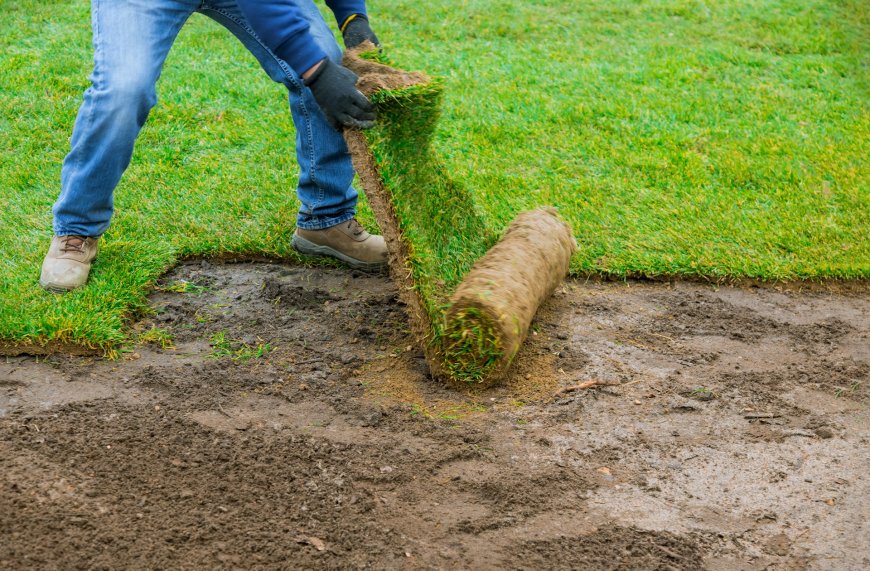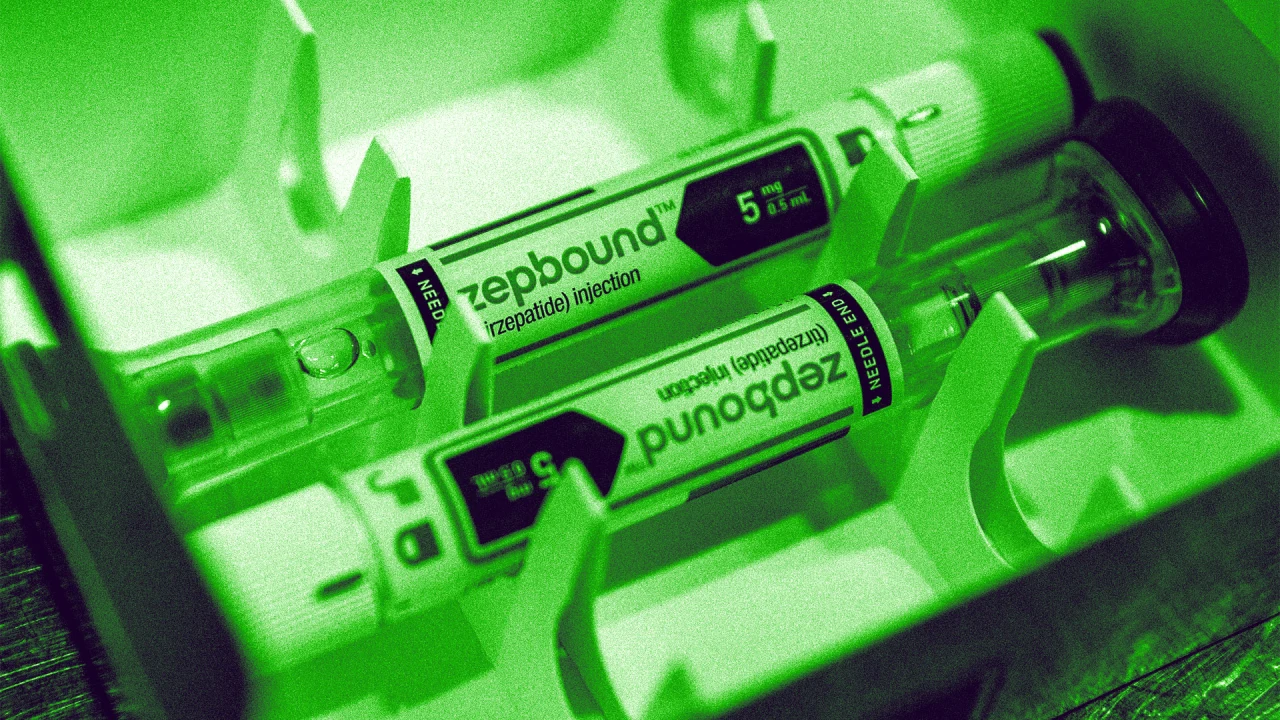Understanding the Different Types of Sod

Choosing the right sod grass for your lawn ain’t just about looks—it’s about climate, soil, and how much work you’re willing to put in. Some turfgrass varieties thrive under scorching sun, others wilt without shade. Confused yet? Don’t be. Here’s the lowdown on the most popular sod types, their quirks, and where they perform best.
1. Bermuda Grass: The Heat Warrior
If you live where summers feel like an oven, Bermuda grass sod is your best bet. This warm-season grass spreads aggressively, loves full sun, and bounces back fast from heavy foot traffic. Drought-resistant? Absolutely. But don’t expect it to survive frost—Bermuda goes dormant and browns out when temps drop.
Fun fact: A study by the USDA found Bermudagrass can grow roots as deep as 6 feet, making it insanely resilient in dry spells.
2. Fescue Grass: The Cool-Season Champ
Got shade? Tall fescue sod laughs at weak sunlight. Unlike Bermuda, this cool-season grass stays green year-round in moderate climates. It’s bunch-forming, meaning it won’t spread like crazy—good for neat lawns, bad if you want quick coverage.
Fine fescue is another shade-tolerant option, but it’s softer and less durable. Mix them for a fescue blend that balances toughness and aesthetics.
3. Zoysia Grass: The Slow but Steady Winner
Zoysia sod takes its sweet time to establish, but once it does? Pure dominance. It handles heat, drought, and even light shade better than Bermuda. The downside? It turns straw-colored in winter and spreads slower than molasses.
Pro tip: Zoysia japonica (Japanese lawn grass) is the most cold-tolerant, surviving temps down to -10°F.
4. St. Augustine Grass: The Shade-Loving Giant
Big, broad blades define St. Augustine sod—a favorite in humid coastal regions. It thrives in partial shade but demands water and fertilizer. Weak against cold? Yep. But in the right climate, few grasses match its lushness.
Watch out: Chinch bugs love this grass more than you do.
5. Kentucky Bluegrass: The Classic Performer
The poster child of cool-season grasses, Kentucky bluegrass sod forms a dense, emerald carpet. It self-repairs via rhizomes, making it great for high-traffic areas. But it’s thirsty—skip it if water restrictions are tight.
Did you know? Pure KBG lawns are rare; most blends mix ryegrass and fescue for better durability.
6. Centipede Grass: The Low-Maintenance Option
If you hate mowing, centipede sod is your friend. Slow-growing and low-fertilizer, it’s perfect for sandy soils in the Southeast. Just don’t overwater—it hates "wet feet."
Which Sod is Right for You?
-
Full sun + heat? → Bermuda or Zoysia
-
Shade + cold? → Fescue or Fine Fescue
-
Coastal + humid? → St. Augustine
-
Low-maintenance? → Centipede
Before buying sod plugs or sod rolls, test your soil pH. Most grasses prefer 6.0–7.0, but centipede likes it acidic (5.0–6.0).
Final Thought
Picking lawn sod isn’t one-size-fits-all. Your neighbor’s perfect turfgrass might flop in your yard. Match the grass type to your climate zone, soil condition, and patience level—then watch that green carpet thrive.


































































![https //g.co/recover for help [1-866-719-1006]](https://newsquo.com/uploads/images/202506/image_430x256_684949454da3e.jpg)



























![[PATREON EXCLUSIVE] The Power of No: How to Say It, Mean It, and Lead with It](https://tpgblog.com/wp-content/uploads/2025/06/just-say-no.jpg?#)
















































